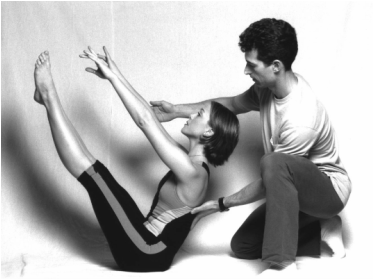
Remember, the primary purpose people are training in Pilates is to improve their health and fitness. Pilates exercises, Pilates technique, Pilates equipment, and the Pilates system as a whole all have the goal to improve important aspects of physical health and mental conditioning. Knowing all the exercises in sequence on the Reformer for different levels is quite an accomplishment. However, it is a mistake to think teaching a routine by rote is the primary goal of your lesson plan for a client. It is understandable to get caught up teaching clients to master the routine considering how great it felt as a teacher in training to perform the advanced routine. However, the reality is there will be few clients for whom this workout will be appropriate or sufficient. In Pilates, using the mind to memorize a sequence and flow is, I believe, an important part of the training method. But we always need to keep in mind the individual needs of the client. As an instructor, we need to be attentive, adaptive and creative and be careful not to fall into patterned routines and directives that don’t always fit the particular needs of the client we are working with. Being able to get outside the box and having a deeper well of options to choose from to successfully teach people of all levels, comes from years of teaching with an open mind and a desire to continue learning and growing.
Without a doubt, one of the main things that has helped me become better as teacher has been working in studios with other instructors from all different backgrounds and watching and learning from them. Most teacher training programs require some practical observation, but the few weeks are not really enough, and usually you are watching teachers from your own school so you don’t necessarily learn much new. I have always felt a need to broaden my education and have attended many conferences and workshops from teachers all over the Pilates and mind/body spectrum. This was helpful to my progress as a teacher as it helped to open my mind to different perspectives. But actually working on a day-to-day basis next to other instructors with different styles, different backgrounds, and from different countries, and of different ages has influenced me in a very practical way that has been invaluable. When I find an instructor particularly interesting, I will take a private lesson from them, in addition to my regular lessons from my teacher. Working with many different clients with different challenges and conditions for many years will also teach you a lot about how people respond to the Pilates that you know. However, you will be less limited and more versatile if you’ve gathered more experience and knowledge in the field from other schools and instructors of varied backgrounds.
This includes working with apparatus from different manufacturers. I have found that each different manufacturer offers different qualities for the same apparatus. There is a learning curve with each one and it behooves you to practice with each. I personally prefer the Clinical Reformer from Balanced Body because in addition to being able to change gears, the moveable footbar offers greatest flexibility for clients of different heights. But I find benefits in other versions from other quality manufacturers as well. The important thing is to not get stuck on one kind or to think one style is the ultimate. Use your own judgement from experience with them. Try as many as you can and be objective on the quality of its parts, how it is made, and how it works, and think about how it may suit the different clients you may work with. Does it fit clients of all sizes and abilities? Does it make offering modifications easier? What can it do that other versions can’t? For smaller studios, having a limited choice is understandable. For larger studios, I think stocking a studio with only one version of an apparatus or only one manufacturer is a mistake in the same way as only having instructors with the same background.
In conclusion, I have worked in various studios now for over 16 years and have met hundreds of other Pilates instructors. I can’t thank them all enough for all that I have learned from them and been inspired by them. And this goes for the first generation teachers and the newbies as well. If you bring your passion to teach and to help others become fit and healthy, Pilates will reward you in kind. Remember that Pilates is practiced and taught all over the world and offers a wealth of benefits and experiences. So get out there and absorb all you can, and maybe, don’t be in such a hurry to open up your own studio.
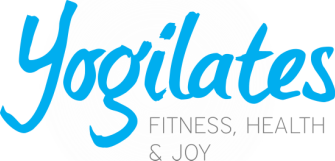
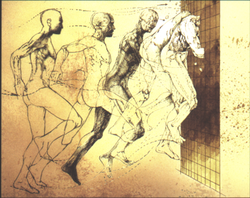
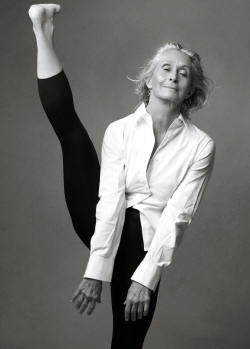
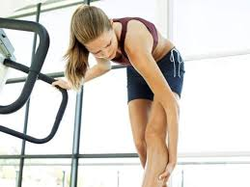
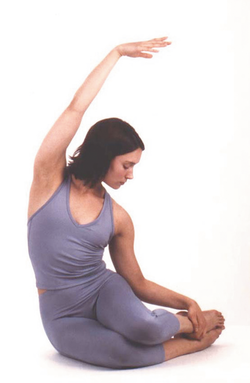
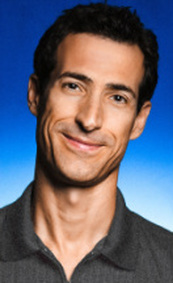
 RSS Feed
RSS Feed
